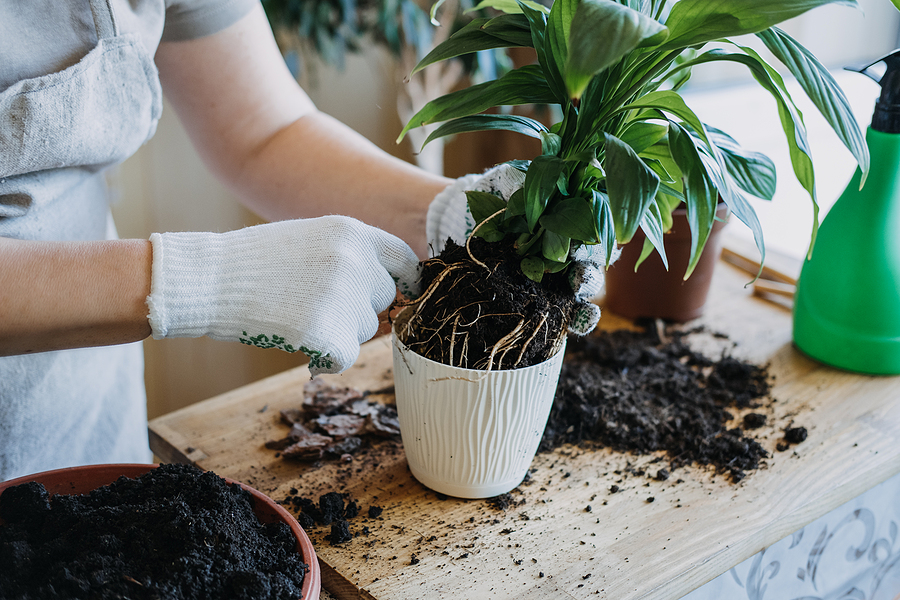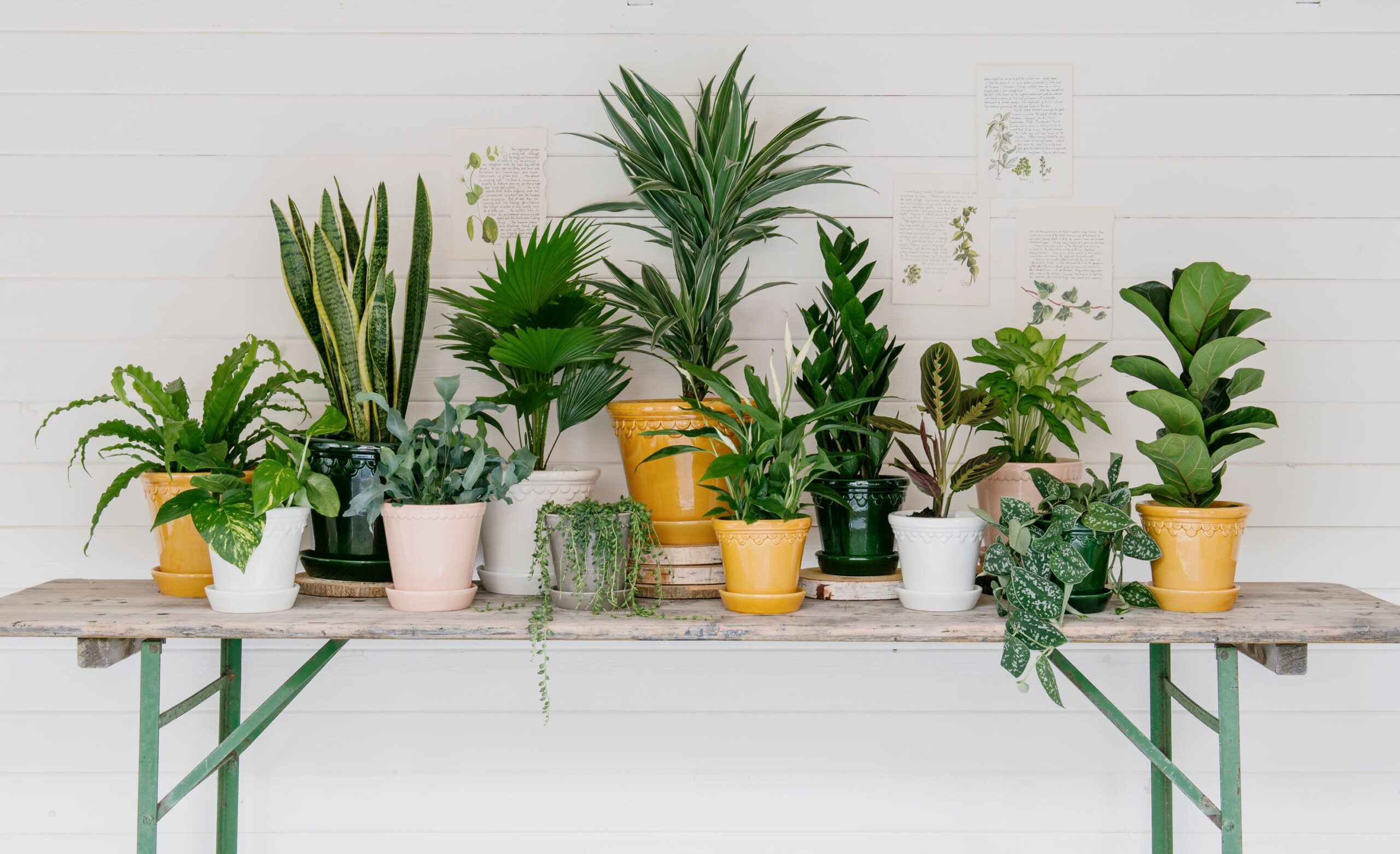How to repot your houseplants: all your questions answered
Experts offer a guide on how to repot your houseplants to keep them looking their best
Whether you’ve bought a whole new raft of houseplants to green up your indoor space over the past year, or have well-established favourites, there’s going to come a time when you’ll need to repot them.
Claire Bishop, of Dobbies Garden Centres, and Jo Lambell, founder of houseplant specialist Beards and Daisies offer the following advice…
What time of year should you repot houseplants?
“Typically, plants will grow from March to September naturally, but we have such artificial climates in our homes that when they are meant to go dormant during the winter, we crank up our heating. But they will need a rest at some point. I would repot later in the year, in the autumn, rather than the start of the year,” says Bishop.
Lambell, says spring is a better time for repotting. “This marks the beginning of growing season (April to Sept), when your plant will be thriving, flourishing and even flowering if it’s the type to produce blooms during the warmer months.”

Repotting Spathiphyllum
How often should you repot them?
“As a rough timescale, you will need to repot your plant every one to two years, depending on its growth rate,” says Lambell.
“Most plants will happily repot, but as always, there’s no one-size-fits-all rule when it comes to care and you’ll need to consider the individual plant’s needs.
“For example, for a bird of paradise or peace lily to flower, they need to be in relatively small pots. If your plant is currently flowering, try to avoid repotting as this could lead to transplant shock.”
How do you know they need repotting?
If the plant looks a little lacklustre, or its roots are growing out of the pot (unless it’s an orchid) or is no longer growing quickly and is drying out fast, these are all signs it needs to be repotted, says Lambell.
Some plants, such as sansevieria (snake plant), will throw up new pups (offshoots). Rather than repotting you can just split those, Bishop suggests.
“Cacti shouldn’t need to be repotted because they are so slow-growing and don’t have heavy root structures. You won’t have to touch a large cactus for five or six years,” she adds.
How should you repot them?
“Choose a new pot that is around 3-5cm larger,” Lambell advises. “Try not to go much bigger than this – as a rule, don’t go beyond two pot sizes bigger – as this can overwhelm the plant with soil and water it doesn’t need.
“Once you’ve chosen the perfect pot upgrade, remove your plant from its existing pot and separate the roots, shaking off the old soil. Pack a layer of fresh soil in the new pot (your plant will love the new nutrients) and set the plant in. Surround with soil and give it a little water.”
What if you don’t want a pot-bound plant to grow too big?
View this post on Instagram
You could split a plant and transplant the pieces into two separate pots, Bishop suggests.
“Where small growths appear on plants such as sansevieria, you just take it out of the pot and just split it, taking off the smaller plants or just break the plant in half. They are really robust and will easily come back.”
Can plants die when you try to repot them?
“A lot of plants do suffer from transplant shock, so when you first repot or split them they almost sag and look like they won’t survive. But water them and put them back in the same conditions they were originally in and they should be okay,” says Bishop.
“A lot of people make the mistake of repotting them and then putting them into a different room. Ideally put them back to where they originally were.”
Which are good plants for repotting?
Peace lilies, monsteras, sansevierias, ZZ plants (Zamioculcas zamiifolia). marantas (prayer plants), tradescantias and philodendron.
Are any plants more difficult?
“Calatheas are trickier, more sensitive houseplants. I would repot them in a slightly bigger pot, one size up, rather than splitting them. They are happy as long as you feed them and don’t change their air conditions too much. Draughts and change of light levels can affect them.
“Flowering plants can be tricky because if you don’t plant them at the right time you can kill the flower and cause the plant to go into shock,” says Bishop.
Is there a technique to splitting plants?
“Be quite fearless,” says Bishop. “I tend to split it in half to be left with two big healthy chunks. Then a lot of the nutrients in the roots aren’t damaged.”
What about compost?
“It depends on the type of plant. There’s cactus compost, there’s citrus compost. My perfect mix is a houseplant compost to which I add a bit of perlite to allow more drainage. Then, if you overwater but have that drainage in the compost structure, it could save the plant,” says Bishop.
The Press Association
Latest posts by The Press Association (see all)
- Beatles documentary Let It Be to be released on Disney+ - April 16, 2024
- How to keep your money safe – as criminals ramp up AI tactics to steal consumer data - April 16, 2024
- Seasoned marathon runners give their best race day tips for first-timers - April 16, 2024
- What are heat pumps and could they help your home save energy? - April 15, 2024
- Trailer for Bridgerton season three teases new friends-to-lovers romance - April 12, 2024





















